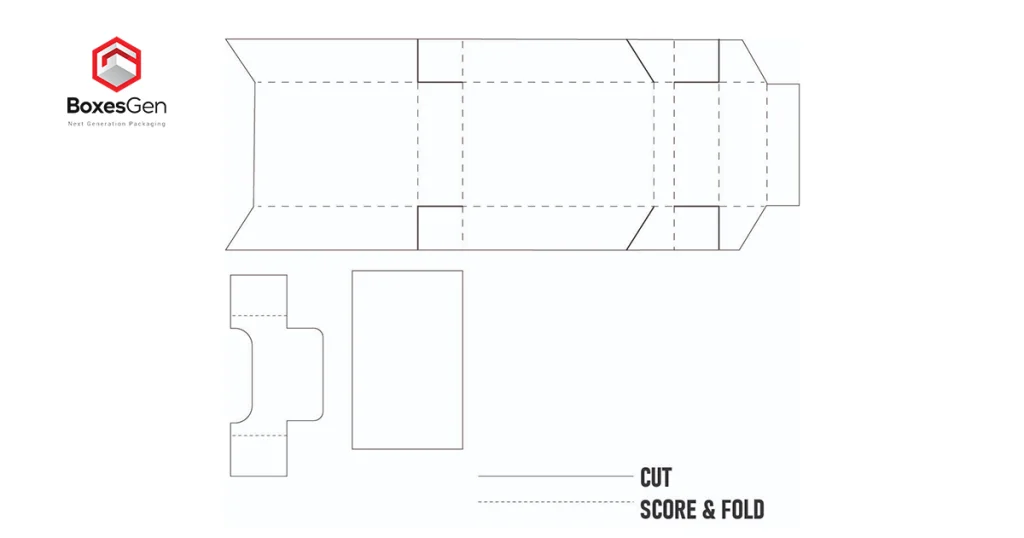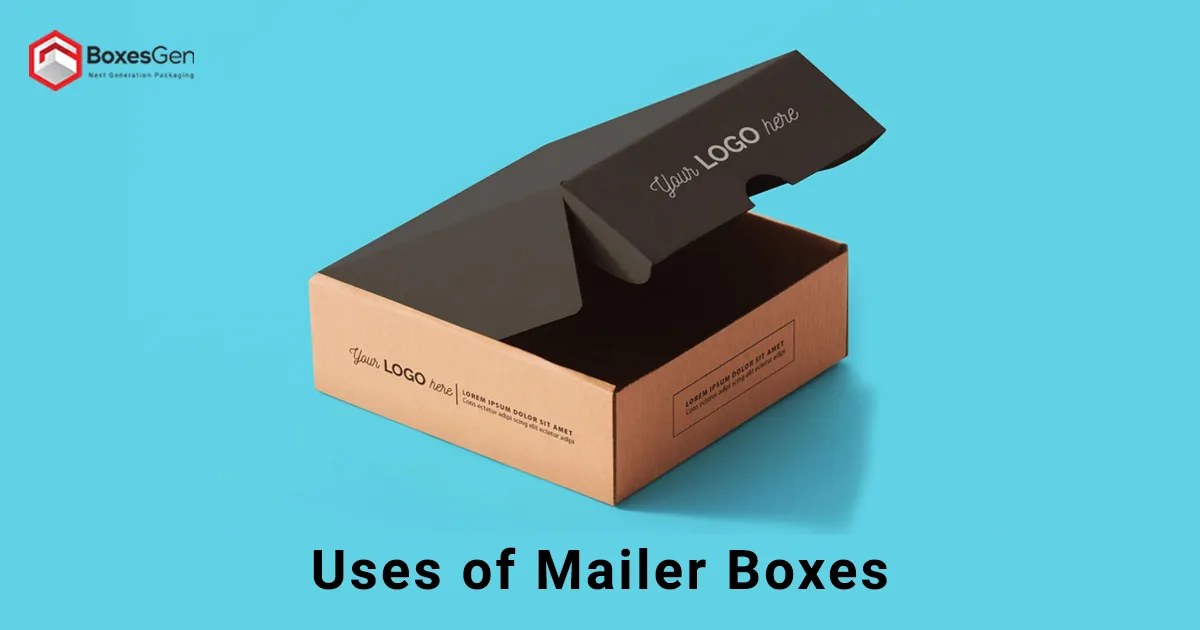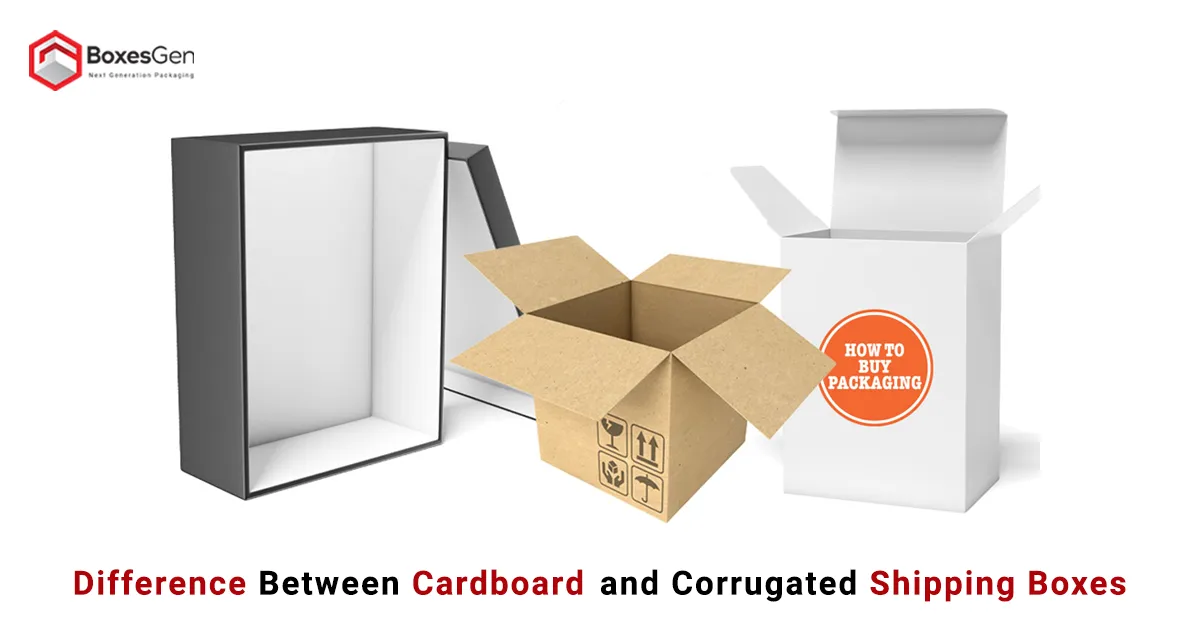Decoding Dimensions of a Cigarette Pack
Cigarette packaging has always played a significant role in the tobacco industry. Beyond its functional purpose of holding and protecting the product, cigarette boxes have become a symbol of branding and marketing. Understanding the dimensions of a cigarette pack is crucial for manufacturers, retailers, and consumers alike. In this article, we will delve into the various aspects of cigarette packaging dimensions, exploring their significance and impact on the industry.
Early Origins and Transition
Cigarette packaging has come a long way since its inception. Initially, cigarettes were sold in small bundles or packs wrapped in paper. However, the need for standardized packaging dimensions emerged with the rise of mass production and increasing demand. In the early 20th century, the rectangular flip-top box design was introduced, setting the stage for modern cigarette pack dimensions.
Standard Dimensions of a Cigarette Pack
- Length, Width, and Depth
A typical cigarette pack is rectangular and commonly measures around 84 millimeters in length, 54 millimeters in width, and 24 millimeters in depth. These dimensions provide an ideal size for the optimal balance between portability and capacity to hold a standard number of cigarettes.
- Compact and Slim Variants
In recent years, compact and slim cigarette pack dimensions have gained popularity among certain market segments. Compact packs are smaller, usually measuring around 70 millimeters in length, while slim packs feature reduced width. These variations aim to provide a sleeker profile and cater to consumer preferences for convenience and discreetness.
Influences on Cigarette Packaging Dimensions
- Manufacturing and Machinery
Manufacturing processes and machinery capabilities influence cigarette pack dimensions. The dimensions are often designed to align with automated production lines, allowing for efficient manufacturing, filling, and sealing operations. Standardized dimensions of rigid cigarette boxes also facilitate compatibility with packing machines, ensuring seamless integration within the production process.
- Legal and Regulatory Requirements
The dimensions of E-cigarette packaging boxes are subject to legal and regulatory guidelines in different jurisdictions. Governments often implement packaging regulations to discourage smoking and protect public health. These regulations may include mandatory health warnings, graphic images, or standardized packaging sizes to reduce brand recognition. Such requirements can impact the dimensions and overall design of cigarette packs.
Packaging Design Considerations
- Branding and Marketing
Display carton cigarette boxes are a crucial element of branding and marketing strategies for tobacco companies. The pack’s dimensions are vital in creating a distinct visual identity and brand recognition. Brands may incorporate unique dimensions, such as variations in length, width, or depth, to differentiate their products and stand out from competitors.
- Material Selection and Structural Integrity
Cigarette packaging dimensions must account for the choice of materials and ensure structural integrity. Packaging materials should provide sufficient protection against physical damage, moisture, and external elements. The dimensions should accommodate the desired number of cigarettes and include internal components like foil or cellophane liners, ensuring product freshness and longevity.
Consumer Preferences and Practicality
- Portability and Convenience
Consumer preferences for portability and convenience influence cigarette pack dimensions. Standard dimensions are carefully determined to fit comfortably in pockets, purses, or bags. Compact, slim variations cater to consumers seeking a more discreet and space-efficient packaging solution.
- Storage Capacity
The dimensions of blank cigarette boxes directly impact their storage capacity. The standardized pack size generally accommodates a specific number of cigarettes, typically 20. However, some countries may have different regulations, allowing larger pack sizes. Manufacturers may also offer different pack sizes, such as 10, 14, or 25 cigarettes, to cater to varying consumer demands.
Future Trends and Innovations
- Sustainable Packaging Solutions
As environmental concerns continue to rise, cigarette packaging dimensions will likely change to align with sustainable practices. Manufacturers are exploring eco-friendly materials and innovative designs that reduce waste and carbon footprint. Compact, refillable, or biodegradable packaging solutions may become more prevalent.
- Technological Advancements
With the advancement of technology, cigarette packaging dimensions could evolve to incorporate smart features. Integrating electronic components, such as tracking devices or anti-counterfeit measures, may influence cigarette packs’ shape, size, and overall dimensions, enhancing product security and consumer experience.
Impact on Packaging Efficiency and Cost

- Material Usage and Waste
Cigarette packaging dimensions directly influence material usage and waste generation. Efficient design and dimensions aim to minimize material waste during production. Optimized dimensions ensure that the packaging is appropriately sized for the product, reducing the need for excess materials. This not only improves packaging efficiency but also helps to control manufacturing costs.
- Packaging Production Efficiency
Standardized cigarette pack dimensions contribute to packaging production efficiency. Manufacturers can streamline production processes by utilizing machinery and equipment designed specifically for those dimensions. This results in faster production rates, reduced downtime, and improved efficiency. Consistent dimensions also facilitate inventory management and logistics.
- Transportation and Storage
The dimensions of cigarette packs play a crucial role in transportation and storage logistics. Standardized dimensions allow for efficient stacking, packing, and palletizing during transportation. They optimize the use of storage space, both at manufacturing facilities and retail stores, reducing costs associated with transportation and warehousing.
Cultural and Regional Influences
- International Market Variations
Paper cigarette box dimensions can vary across different countries and regions due to cultural and market-specific factors. Some countries have specific regulations regarding pack sizes, such as larger or smaller pack options. Manufacturers may adapt their packaging dimensions to meet regional preferences and comply with local regulations.
- Cultural Preferences and Traditions
In certain cultures, traditions and social norms may influence cigarette pack dimensions. For example, in some countries, longer cigarette packs are favored, while in others, shorter or slimmer packs may be preferred. Understanding cultural preferences is crucial for tobacco companies to market their products and meet consumer demands effectively.
Counterfeit Prevention and Security Measures
- Anti-Counterfeit Features
The dimensions of a cigarette pack can incorporate security measures to combat counterfeiting. Innovative packaging technologies, such as holograms, tamper-evident seals, or unique identifiers, may require specific dimensions to be implemented effectively. These measures help protect consumers from purchasing counterfeit products and safeguard brand reputation.
- Track and Trace Systems
Track and trace systems are becoming increasingly prevalent in tobacco to ensure product authenticity and supply chain transparency. Such systems may require additional space within the cigarette pack dimensions to accommodate unique identification codes or RFID tags. These technologies help trace the movement of cigarettes and enhance product security.
Future Challenges and Opportunities
- Regulatory Changes
The tobacco industry faces evolving regulatory landscapes worldwide. Governments may introduce new regulations related to cigarette packaging dimensions, such as standardized pack sizes or plain packaging requirements. Manufacturers must adapt to these changes while ensuring compliance and maintaining brand recognition.
- Health and Safety Concerns
Growing concerns about the health effects of smoking and the impact of tobacco packaging on public health may lead to further regulations. Packaging dimensions could be influenced by health warning label requirements, increased space for graphic images, or even restrictions on packaging size to discourage smoking.
- Technological Advancements
Advancements in technology present opportunities for innovative cigarette packaging dimensions. Integrating sensors, temperature controls, or interactive elements could enhance consumer experience and safety. Manufacturers must stay abreast of technological developments to remain competitive and meet evolving consumer expectations.
Conclusion
The dimensions of a cigarette pack are a critical aspect of cigarette packaging, reflecting both practical considerations and branding strategies. Standardized dimensions offer convenience, portability, and storage capacity while complying with legal regulations. However, variations in dimensions, such as compact or slim designs, cater to evolving consumer preferences. As the industry progresses, cigarette packaging dimensions may witness further changes driven by sustainability initiatives and technological advancements. The future of cigarette box packaging promises more innovative, environmentally friendly, and consumer-centric solutions.
FAQs
Are There Specific Regulations for Cigarette Pack Dimensions in Different Countries?
Yes, regulations regarding cigarette pack dimensions can vary from country to country. Some jurisdictions have specific requirements for pack sizes, while others may enforce standardized packaging dimensions to discourage smoking or promote health warnings.
What Are the Benefits of Compact and Slim Cigarette Pack Dimensions?
Compact and slim cigarette pack dimensions offer enhanced convenience and discreetness. They are designed to fit comfortably in pockets or small bags, making them ideal for on-the-go usage. These variations cater to consumers seeking a sleeker and more space-efficient packaging solution.
How Do Cigarette Pack Dimensions Impact Manufacturing Efficiency?
Standardized cigarette pack dimensions improve manufacturing efficiency by aligning with automated production lines and packing machines. These dimensions allow for streamlined production processes, faster filling and sealing operations, reduced material waste, and improved efficiency.
Can Cigarette Pack Dimensions Help Combat Counterfeiting?
Yes, cigarette pack dimensions can incorporate security features to deter counterfeiting. Innovative packaging technologies, such as holograms, tamper-evident seals, or unique identifiers, may require specific dimensions to be implemented effectively, enhancing product security and protecting brand reputation.
Are There Any Upcoming Trends or Innovations in Cigarette Packaging Dimensions?
Yes, future trends in cigarette packaging dimensions include sustainable packaging solutions and technological advancements. Eco-friendly materials, compact refillable packs, and biodegradable options are being explored to align with environmental concerns. Additionally, advancements like smart packaging with electronic components or anti-counterfeit measures are being developed to enhance product safety and consumer experience.








